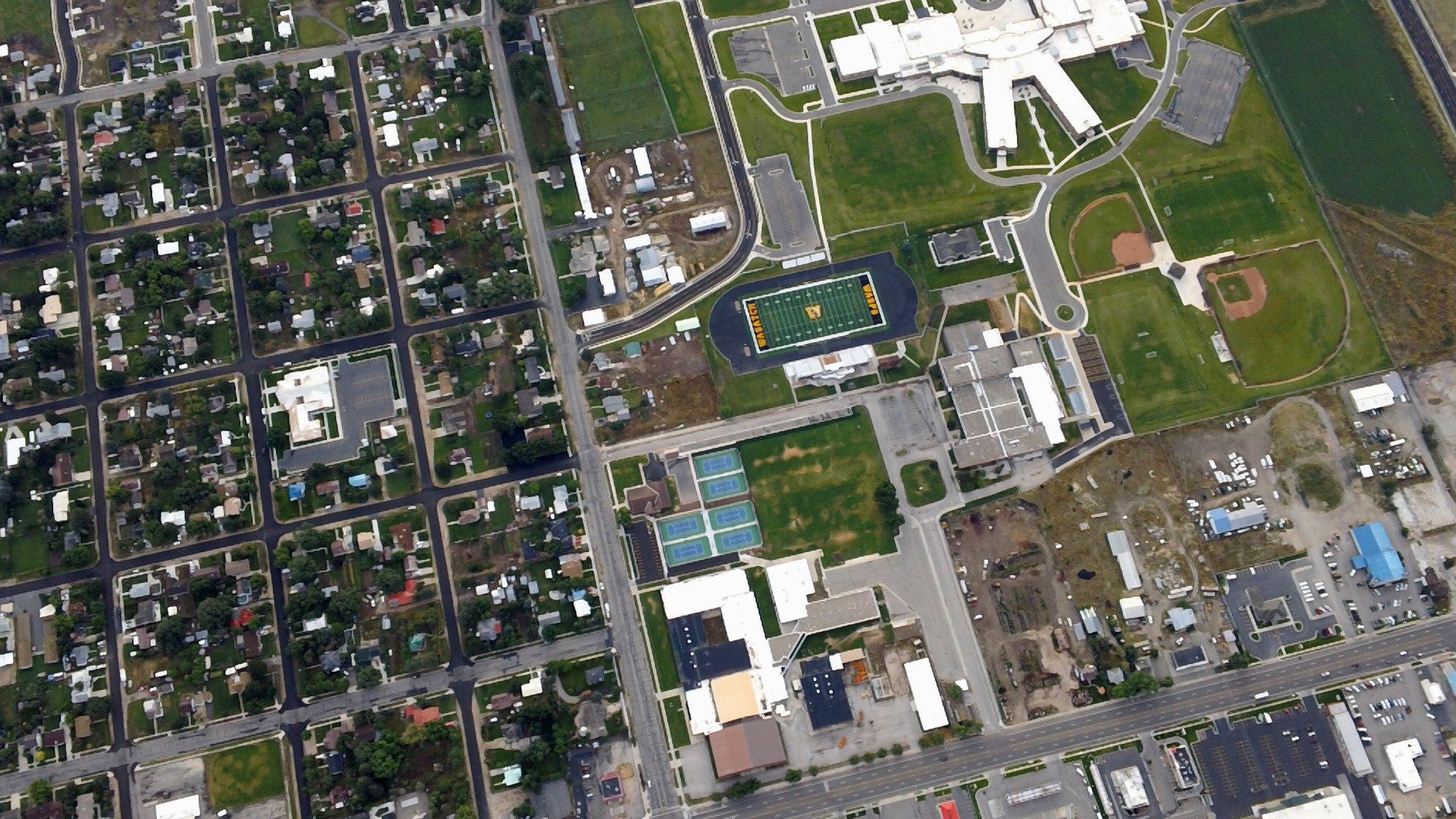GEOPORTAL
Modular platform with complex functionalities that provides access to the organization’s geospatial data sources
The solution has a geospatial component as well as a non-spatial component; a user-friendly interface for accessing, consulting, editing, and analyzing information and data sources in the database. The application is very useful in various fields of activity and business.
WHO IS IT ADDRESSED TO?
- CITIZENS
- LOCAL ADMINISTRATION;
- COMPANIES
- PUBLIC AUTHORITIES
GENERAL CHARACTERISTICS
- User administration, roles, and rights for controlled access within the Geoportal, as well as integration skills with external services such as Microsoft Active Directory;
- Administration of geospatial data sources (vector and raster data as well as Open Geospatial Consortium compliant WEB GIS services);
- Generate customized reports using predefined data sources;
- Generate dynamic statistics;
- User alerting and notification mechanisms, custom dashboard;
- Simulation scenarios for detailed analysis;
- Hosting the solution using the organization’s hardware resources or publishing to the Cloud.
TECHNICAL FACILITIES
- Interactive map interface for displaying and visualizing geospatial data resources;
- Management and visualization of vector and raster datasets and WEB services;
- GIS-specific map navigation functionality;
- Manage and display geospatial datasets in the map using configurable legend;
- Toolbar access for manipulating data displayed in the map interface (selection, area and distance measurement, centering, zoom in/out);
- Representation of geospatial data using symbolization techniques/display styles depending on the type of vector data geometry (raster, point, line, and polygon);
- Complex labeling of spatial objects for easy recognition in the map interface;
- Gradual display of large data volumes depending on zoom level (minimum and maximum resolution setting);
- Manage geospatial data display styles;
- Import and export geospatial and alphanumeric data in different formats (raster, vector, and tabular data specific);
- Simulation scenarios using spatial analysis tools;
- Advanced attribute and geometry editing functionality;
- Display, view, import, export, and manage different types of raster data (NetCDF, HDF5, GRIB, GeoTiff);
- Display, view, import, export, and manage various vector and alphanumeric data types (BUFR, GeoJson, GML, KML, SHP, CSV);
- Ensuring the integrity of alphanumeric data by using properties provided by nomenclatures (fields, subtypes, and relationship classes);
- Ensuring the integrity of geospatial data following the geometry editing process using topology rules.
- Functionalities for consulting alphanumeric information associated with spatial objects in the form of an attribute table;
- Functionality to simultaneously view alphanumeric information in the attribute table and its correspondent in the map interface;
- Advanced functionality to export alphanumeric information associated with spatial objects as Excel or CSV (comma-separated values) files;
- Ensuring the correctness of data displayed/imported/analyzed in the system by applying the locally defined coordinate system as well as “on-the-fly” data redesign;
- Ability to connect GIS Desktop solutions to the database to extend WEB capabilities (e.g. QGIS, ESRI ArcGIS, etc.).
SOLUTIONS, COMPONENTS, AND APPLICABILITY
- CLIMATOLOGY – ensures climate impact analysis and statistics
- Assessment of the impact on agriculture of hail control operations;
- Management of climate products and services, monitoring, early warning, and prognostic estimation;
- NUCLEAR – ensures simulation and visualization in map and report form of potential radiological exposure/impact and possible response measures required in the area near/far from the nuclear target;
- ARCHAEOLOGY – ensures collection, dissemination, and reconstruction of human and environmental community interactions and habitat dynamics over several epochs;
- ENVIRONMENT – ensures ecosystem management and decision management systems;
- AGRICULTURE – ensures the collection, linkage, and reporting of data relating to the management of farms, agricultural land, and specific business management flows, including the streamlining of activities;
- Management of farm activities, INOVAGRIA;
- Agricultural land management LPIS (Land Parcel Administration System);
- PUBLIC ADMINISTRATION – ensures the efficiency of public services to citizens and business
- Online complaints;
- Town planning;
- Local interest maps;
- Residential parking rentals.
- Local police
ADVANTAGES
- Easy adaptation for each company/field;
- Modular structure with complex functionalities;
- Integration with different platforms to streamline activities;
- Mapping of locations, elements, and relationships between them;
- Defining areas of interest and mapping their features;
- Improved decision-making and geographic management;
- Cost reduction and operational efficiency;
- Improved communication;
- Scalability, flexibility, and ease of use.





